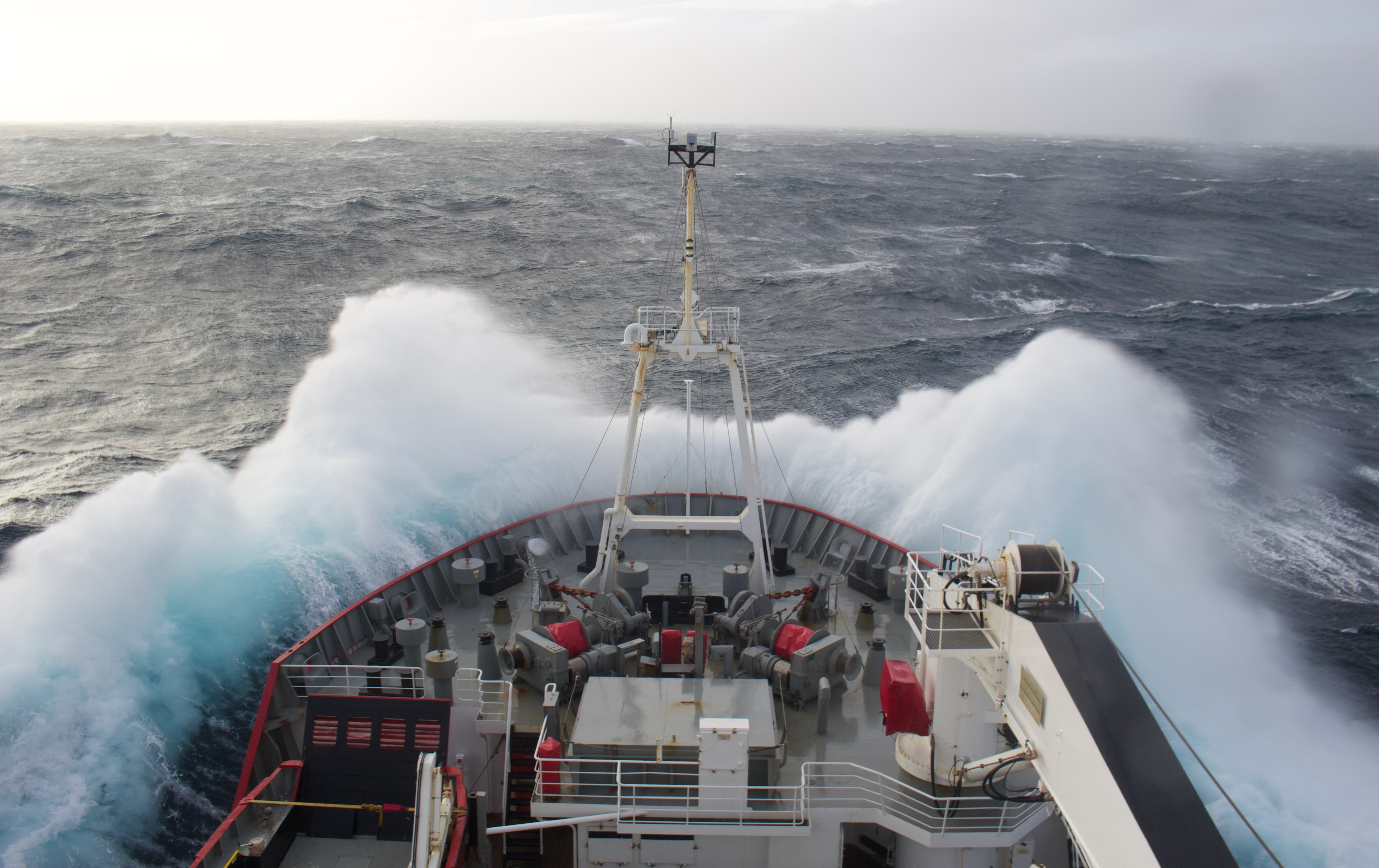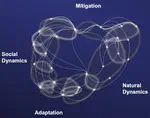 Frajka-Williams
Frajka-WilliamsCLICCS II: N1 Ocean Circulation
Note: This project is anticipated to start 1st January 2026.
The Atlantic meridional overturning circulation (AMOC) is a leading pattern of ocean variability and—through its northward transport of heat—responsible for climate fluctuations on decadal and longer timescales. In a warming climate, the AMOC is expected to weaken, which would exacerbate warming due to the AMOC removing less heat and CO2 from the atmosphere. However, there is a dramatic lack of robustness in simulations of the future AMOC, including on whether or not it may collapse by 2100. Recent observations (since 2004) of the AMOC have yielded surprising results: (i) that there is no discernible relationship between convection (when the surface ocean mixes to depths of 1 km or more) and subpolar overturning and (ii) that AMOC variability shows no apparent correspondence between latitudes. These results contradict long-held expectations of a tight relationship between convection and the AMOC and of the AMOC as a “conveyor belt”, but are in accordance with idealized model experiments (Marotzke & Scott, 1999).
Guiding question
What processes dominate the transmission of information along the sequence from atmospheric forcing to convection to sinking and overturning, and how does resolving small-scale processes in the atmosphere and ocean change simulated AMOC variability and its impacts?
Objectives
Determine the key processes setting the relationship between convection and overturning;
characterize how subpolar processes imprint on the basin-scale AMOC; and
re-evaluate the tendency for an AMOC slowdown and its consequences.
We employ the next-generation global coupled ICON climate model at mesoscale-resolving resolution and equipped with novel parameterizations for internal-wave and surface-wave driven small-scale mixing; to identify ocean processes responsible for AMOC change, we use distributed autonomous observing methods with sub-mesoscale permitting resolution and long-endurance, and auxiliary and moored observations in the Atlantic. With improved model fidelity we will re-evaluate the tendency for the AMOC to slow down, including processes involved and consequences on other components of the climate system. Our joint observational and modelling strategy will enable us to detect unexpected behaviour in AMOC evolution, including how future changes may restrict which desired climate futures can be realized.
